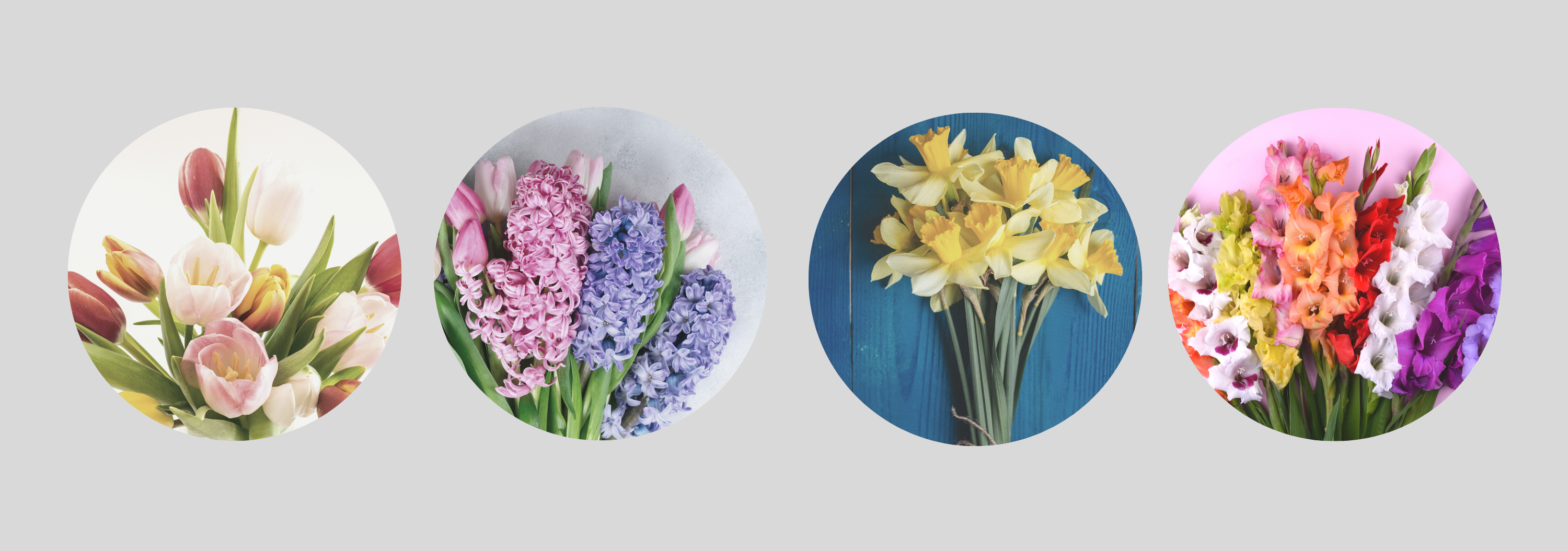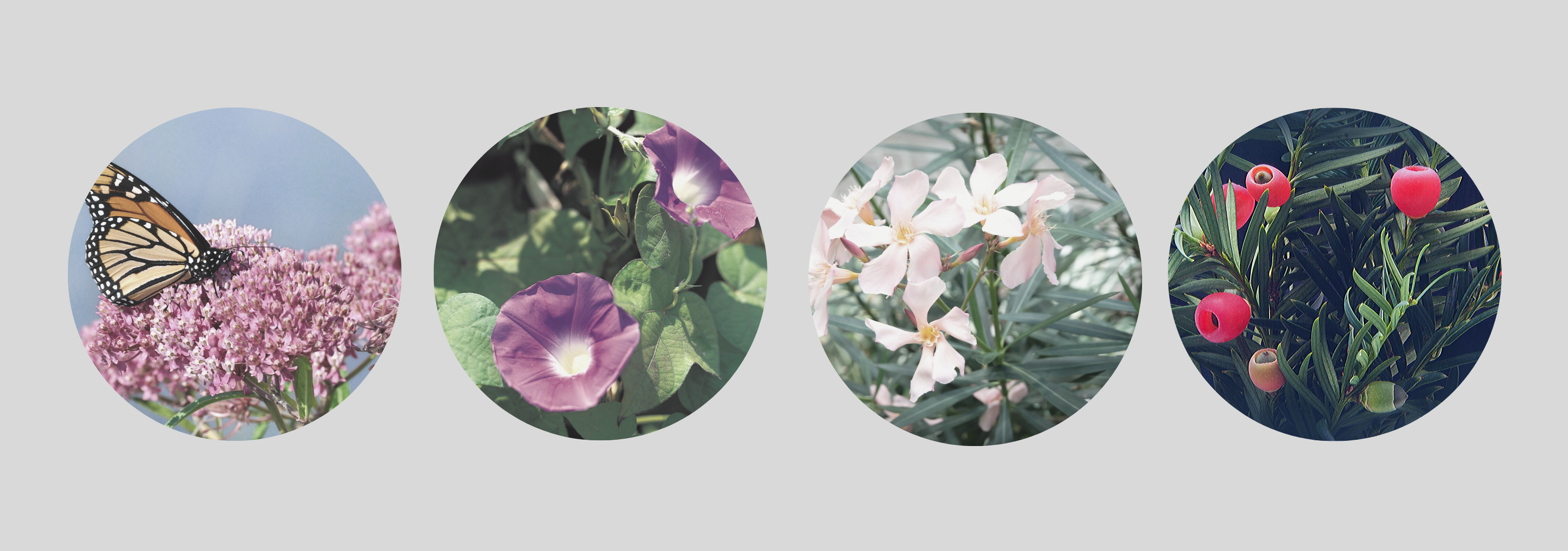Petscaping: What to Look Out For
What is petscaping? Petscaping is landscaping that is good for your four-legged friends.
This time of year we begin to look for signs of new life. We cannot wait for flowers to emerge and new green to clothe the trees and shrubs, but some of these can be very dangerous to your furry children.
If you have outdoor pets, then you might want to consider moving these plants to parts of your landscape that they cannot access, like your front yard.
Poisonous plants for dogs:
These are toxic to both cats and dogs, but as the poison in these is concentrated in their bulbs, these poisonous plants are most dangerous to your diggers and chowhounds.
- Daffodil and all narcissus
- Hyacinths
- Gladiola
- Tulips
If you have a dog that loves to munch on the green stuff, Cornell University advises adding bran flakes to your dog’s food or increasing vegetable fibers to the diet to deter cravings for outdoor flora.
Poisonous plants for cats:
Lilies! Yes, lilies. They are so attractive, so aromatic, and so dangerous to your kitties! Curiously, they are not toxic to your dogs.
All members of the Lilium family are considered to be highly toxic to felines, even if your cat only eats a very tiny portion. These kinds can cause kidney failure: Tiger, Asian, Japanese Show, Easter, Stargazer, Casa Blanca.
Here’s a shortlist of poisonous plants that are popular and probably in your backyard now.
- Azalea/Rhododendron: These are not only toxic to cats and dogs, but they are also dangerous for horses, goats, and sheep. Worse, ingesting just a few leaves can be problematic.
- Begonia: This standard container and garden plant is toxic to both your dogs and cats, especially their tubers.
- Hosta: Who doesn’t love hostas? While dogs and cats might not be interested, this plant is toxic to both, so make sure that your pet doesn’t develop a taste for them.
- Ivy (California Ivy, Branching Ivy, Glacier Ivy, Needlepoint Ivy, Sweetheart Ivy, English Ivy): Here too, your cats and dogs might never chow down on ivy in any form, but keep an eye out because it’s toxic to them both.
- Lily of the Valley: They contain cardiac glycosides that cause symptoms similar to digitalis (foxglove) ingestion to include: vomiting, diarrhea, a drop in heart rate, severe cardiac arrhythmias, and possibly seizures.
- Milkweed: Like many, you may have planted this for monarch butterflies, but it’s quite toxic to dogs and cats.
- Morning Glory: They can cause hallucinations in cats and dogs, not the catnip kind.
- Oleander: This shrub is pretty and poisonous. It’s bad for cats, dogs, and even horses. Furthermore, if you are growing plants for tea, stay clear of this plant; all plant parts contain a highly toxic cardiac glycoside.
- Sago Palm: These are a trendy landscaping plant lately, and as well as an on-trend bonsai choice. Apparently, they are delicious to animals, but unfortunately, they are highly toxic, as in all parts are poisonous, especially their seeds.
- Yew: While this tree provided the basis for the cancer-treatment drug, paclitaxel, ingestion of any part, except the flesh of the berry, is unsafe to animals. Horses have a particularly low tolerance to yew.
If you want an expanded list of deadly plants, go here: http://petpoisonhelp.wpengine.com/poisons/
If you think that your animal may have ingested a poisonous substance, contact your local veterinarian. It is crucial you provide accurate and timely identification of the suspected substance. Be sure to have the container, package, or label in hand will save valuable time and may save the life of your pet.
What can you put in the backyard that is beneficial for your pet?
We will answer that question in our next blog! To continue learning about petscaping, be sure to subscribe here to find out!




